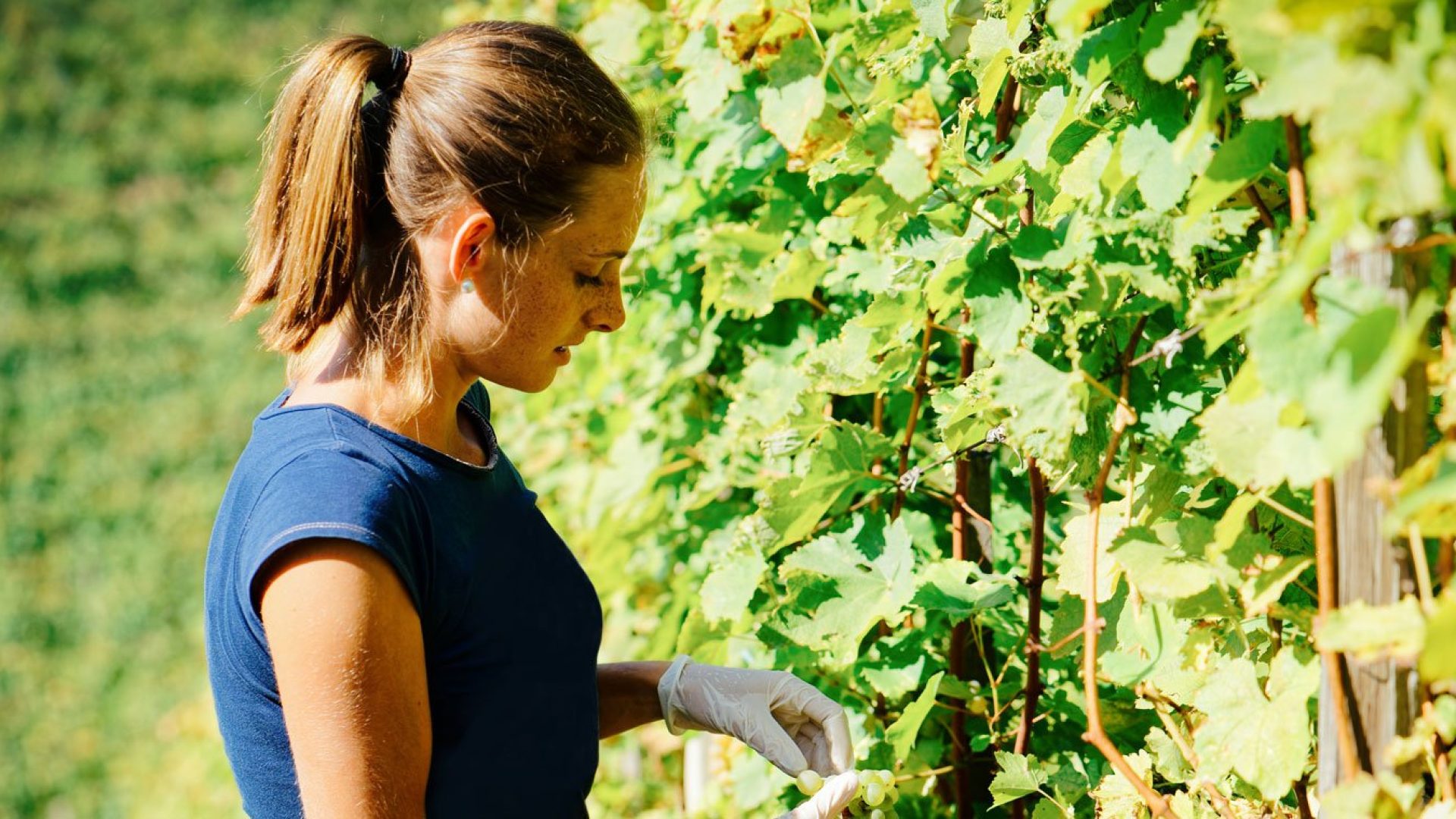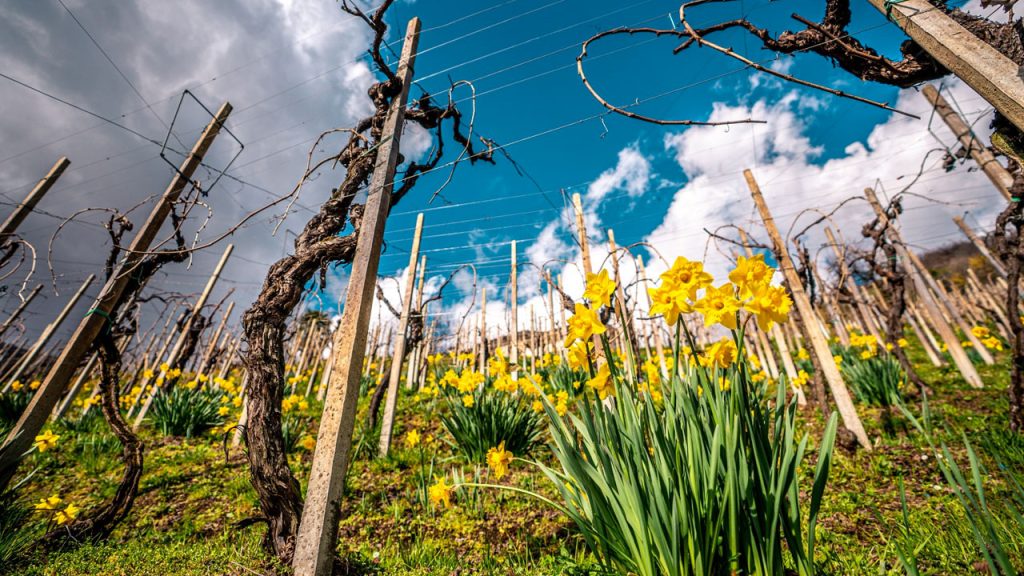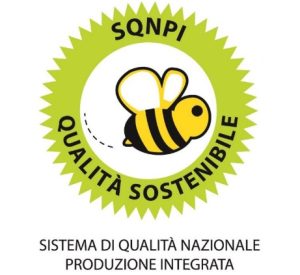Sustainable agriculture for a greener world…

…means making wine while preserving natural resources for future generations and seeking the best ways to achieve the minimum possible impact on the environment.

…means limiting the use of invasive products is extremely important for the respect of the environment that surrounds us and in turn for the quality of the fruit that it will bear.
The Sustainable Quality Certification
In Italy, the National Quality System of Integrated Production has been recognised, of which only producers who undertake a voluntary defence and a system realised through specific technical standards (production specifications) can boast and demonstrate by displaying the special ‘APE’ (bee) stamp on the product.
The SQNPI was conceived to become a competitive tool, aimed at enhancing and differentiating products on the market, thus assuring consumers that products are grown according to agronomic techniques that respect the environment and human health.

Sustainable vineyard management is summing up the constant improvements that can be achieved by acting progressively on the entire farm system.

GRASSLAND AND GREEN MANURE
The natural grassings which balance the soil’s need for nitrogen and organic substance in order to protect its biodiversity are of utmost importance.
Thanks to this technique, fertilisation is reduced to zero, soil fertility is protected and water resources are safeguarded, limiting irrigation in the summer months.
PRUNING
Pruning is carried out to manage the fertility and vigour of the plant.
The waste shoots are then buried after grinding so as to provide carbon to the soil and reduce greenhouse gas emissions by enhancing the soil’s organic matter and protecting its fertility We also stabilise the plant’s vigour and fertility allowing for a more correct vegetative balance.


CROP TREATMENTS
Naturally, in organically farmed vineyards we intervene with natural products following constant monitoring. For conventionally farmed vineyards, the number of treatments is limited as much as possible and only if strictly necessary.
HARVEST
Harvesting is done strictly by hand when the grapes are ripe and ready to be picked. This allows us to reduce the number of operations in the cellar on grapes and musts as much as possible, with a considerable reduction in the use of energy, which is reflected in lower emissions into the atmosphere.

